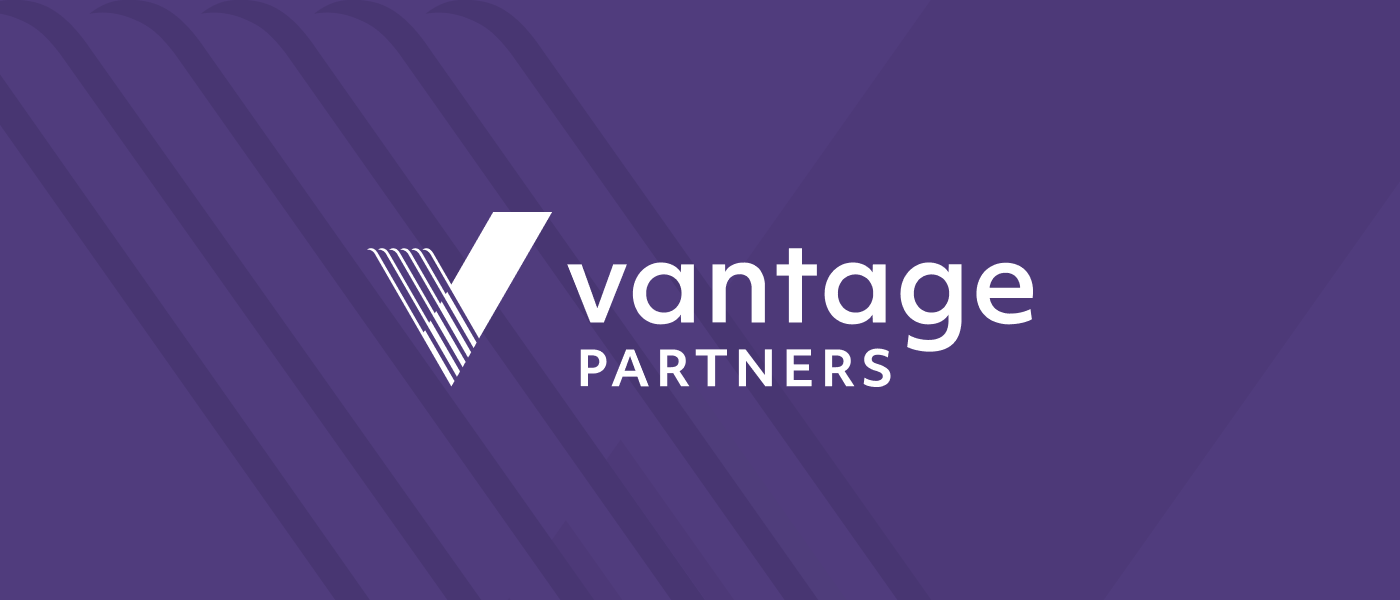
In this edition:
- It's Not a Debate: Let's Talk Less, Listen More
- It's Always About People - Especially Digital Transformation
Also, read Partner Liz Rayer’s blog post on how our organizations can transition and keep moving forward in the new normal of pandemic.
It's Not a Debate: Let's Talk Less, Listen More
Whatever our jobs, most of us are aware that purposeful listening is critical … yet we’re still not particularly good at it. “Talk Less. Listen More. Here’s How.”* from The New York Times explains that we’re conditioned to pay outsized attention to how we present ideas, not so much on how we receive them from others. One of many factors? Schools and universities traditionally train students in the skills of debate and persuasion; classes focused on “careful listening” are few and far between.
What’s Interesting? The author challenges us to improve, observing that the best listeners:
- Ask good questions. A good question has no agenda and isn’t purposed to convince or correct; the purpose of a good question is to simply learn more about your counterpart’s point of view
- Avoid personal or “appraising” questions. Questions such as “what do you do for work?” or “where did you go to school?” can be perceived as attempts to judge or rank the subject; they shift a conversation into the realm of superficial and can cause defensiveness
- Inquire about others’ interests. Want to establish connection? Find out what motivates or excites a person.
Our Take: How we phrase a question is important, but whether we can genuinely make ourselves curious about the answer is much more important. Core management capabilities—including influence, negotiation, and conflict management—indeed require the listening behaviors cited above. But effective listeners don’t rely on scripts or tactics. Folks can tell when a counterpart is genuinely curious or if, instead, the listener is internally dismissing, or just preparing to respond.. The very best listeners condition their inner voices to consider why someone might harbor a specific view and what data or experiences shape that view. Consciously making the shift to a curious mindset leads naturally to the behaviors highlighted above. See several related articles on mindset shifts and how to listen empathetically—even during difficult conversations—in the Leadership section in the Vantage Insights Center.
*The New York Times, January 9, 2020
It's Always About People - Especially Digital Transformation
“Digital Transformation Is Not About Technology,” intoned the authors of a Harvard Business Review article* published one year ago tomorrow—and still relevant today. Citing Forbes Tech Council data that, just in 2018, companies wasted nearly $1 trillion on digital transformation (DT), the authors asked, “Why do some DT efforts succeed and others fail? Fundamentally,” they observed, “if people lack the right mindset to change and the current organizational practices are flawed, DT will simply magnify those flaws.”
What’s interesting? The authors offer five key lessons learned from failures and their own successful change initiatives in corporate and public sector organizations:
-
Determine business strategy first, before investing, and understand that tech is never “one size fits all.” Each organization must pick the best combination of tools for its strategic context. And if stakeholders don’t understand how the transformation solves real business problems, DT fails.
-
“Leverage insiders—staff who have intimate knowledge about what works and what doesn’t in their daily operations.” Failure often occurs “not because of fundamental flaws in the technology but because intimate insider knowledge has been overlooked.” When leaders don’t listen, DT fails.
-
“Design customer experience from outside-in.” Instead of one game-changing system or app, a local government agency in California found “that the best way to maximize customer satisfaction is often to make smaller-scale changes to different tools at different points of the service cycle. The only way to know where to alter and how to alter is through obtaining extensive and in-depth input from the customers.” See item 2 above.
-
Don’t dismiss employee fears; instead, allow engage your people and show them how to take charge of transformation. Without real engagement and alignment on why, what, and how, DT fails.
-
Bypass traditional hierarchies and silos. Manage digital change with a flatter, cross-organization structure. It’s not a transformation (digital or otherwise) if we keep working in the same old ways.
Our Take: It’s always about people— without a change in behavior, any new technology will fail to deliver business benefit. It takes change leaders with well-honed influence and collaboration skills to drive alignment around any initiative that cuts across the usual boundaries found in any organizational structure. In our experience, “The Keys to Successful Change” turn on engaging stakeholders around why we have to change, where we are going or what we are building, and how we get there. To unlock the full potential of transformation, engage and give voice to all relevant stakeholders, and ensure they are not pushed aside by change, but are part-and-parcel of it.
.png?width=512&height=130&name=vantage-logo(2).png)

